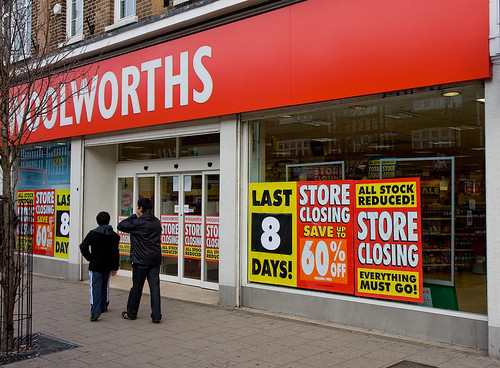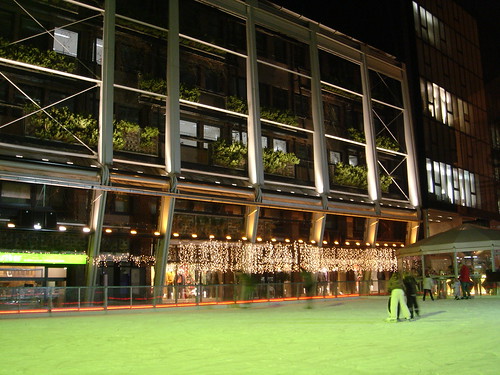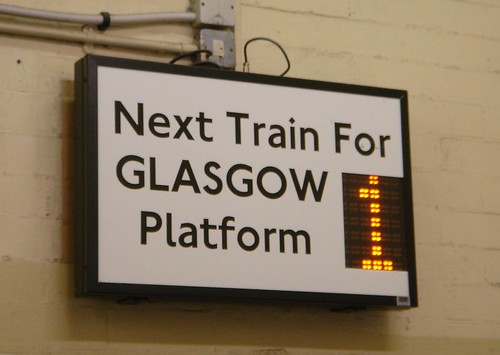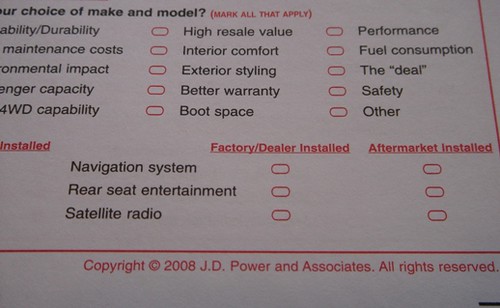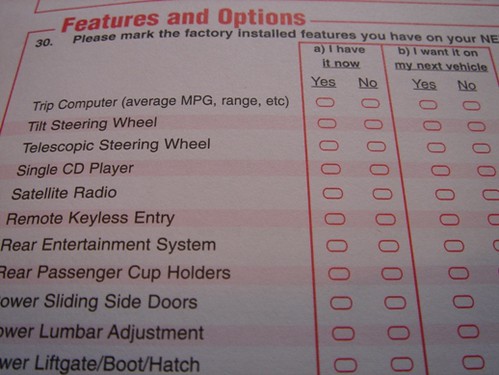
As you might expect, there are a few places on the Interwebs where people who fly now and then meet up to discuss the important things in life; destinations; routes; fuel surcharges, and how to maintain status with as few flights as possible.
But it’s interesting to see how the airlines and airports approach engagement with these communities of informed, eloquent, often high-spending and influential people.
Some airlines have created official representation on the forums. Often it’s someone with a passion for the web, who is pretty connected in their own life and works in or around the customer facing bits of the company. They participate in the community like anyone else, are subject to the same rules and moderation, but make it clear that they’re representing the airline/airport.
My experience is that these airlines are brilliantly super-serving their most influential customers, and also helping their own companies. They can see gripes arise, and often offer solutions or answers within hours, before pens have gone to complaint letters and grouses have spread around. Some of them will help people out with specific problems, and I can’t tell you how valuable I’ve found that personal attention when the system has gone wrong. (Incidentally, I always send those airlines a hardcopy letter to commend their online rep, and the airline’s commitment to engaging with the on-line community).
But the airline benefits from to it too. Now and then, someone might spot a loophole in the rules of a fare or routing, which allows people to accumulate vast numbers of miles, or fly on ridiculous routes, for tiny amounts of money. Those loopholes get quietly closed, and whilst there is sometimes a little “oh, don’t talk about that here, they’ll close the loophole”, generally it’s accepted that the airline rep is only doing their job by bringing it to the airline’s attention.
Some airlines/airports have unofficial presence. That’s where someone in the airline/airport is probably acting unofficially, and so has to stay very guarded in what they say. It’s nonetheless very valuable for them to watch what’s happening, and occasionally intervene with a salient point. The regular contributors know who they are, and the lurkers rarely come out from under cover.
But this week, one of the airlines is in the process of getting it spectacularly wrong. I’m not going to name the airline, but they’re a leading global brand and they ought to be smarter than this. For a start, the contributor has as his handle the name of the airline, correctly spelt and punctuated. He’s assured people he’s not connected with the airline, but then occasionally refers to information that would be hard to source from anywhere else. But what’s really annoyed people is that he’s not authentic. He’s always talking up the airline, saying how great the promotional fares are (even when they’re stinkers), how great the on-board experience is, and how well they compare against other airlines. (He seems to fly a remarkable range of airlines).
He’s being rumbled as a stooge because he chipped some information into a thread that could only have authoritatively come from within the airline. He is getting pilloried (for which I feel sorry for him personally), and his airline is a facing a mixture of laughing for being so cack-handed in their engagement, and indignation that they “have sent a spy into the camp”. Their failure to be authentic and upfront with their presence is backfiring on them.
I can’t understand what they were thinking. Surely they must have understood what the outcome would eventually be? Maybe these are the companies who need consultants to advise them how to engage with the web? That’s pretty sad, when all the have to do is be real, honest and authentic.
Interestingly (and with that exception) no matter how irate, heated or insulting the conversations on-line become, rarely does anyone attack the airline/airport rep. Indeed, the community will often turn savagely on those who start having a go at the rep. And it’s interesting because that’s often not the case when radio gets discussed on-line; in those situations, often the poor radio person who sticks his head in the door will get it torn off and thrown back at them. It’s a shame, because it means that it’s that much harder for the people who are passionate about radio to have a decent engagement with those people who are making radio. I don’t know how to change that.
Footnote
Tangentially linked, I was playing around with SQ’s IFE on the A380 this week, and stumbled across their “The Chart of XXXX” albums. They’re pseudo-albums listing the 10 most-popular tracks, by UK Chart sales, of each year from 1960-2005. Whilst many of them are really very good, it became clear just how useless the charts had come by the 1990’s when around 5 out of the 10 tracks were novelty songs. When I reached 1989, the warning signs were set – 3 entries from Jive Bunny. That’s where radio programming trumps sales stats.
